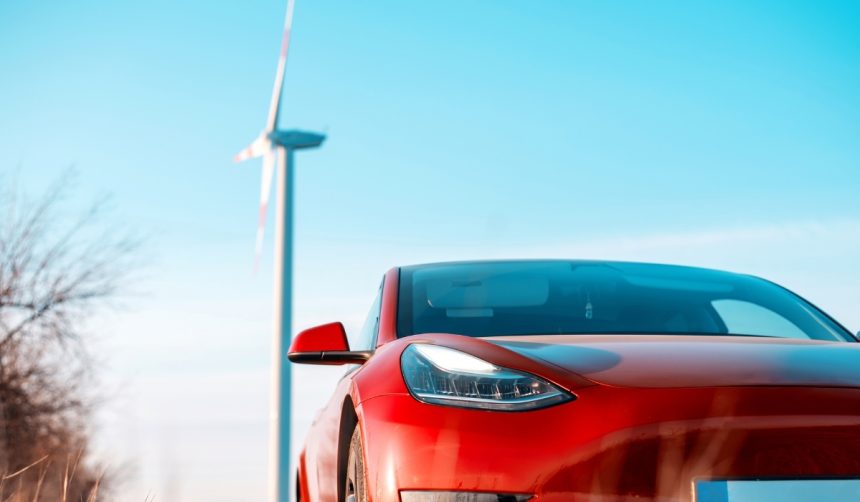Canadian car manufacturers are navigating federal emissions regulations by purchasing credits from Tesla, which has become the sole provider for such credits due to its all-electric vehicle portfolio. Under Canada’s emissions mandates, automakers must ensure that 20 percent of their 2026 model line-up consists of emissions-free vehicles, reaching 100 percent by 2030 or face significant financial penalties. Automotive companies that miss these thresholds are required to source regulatory credits from companies exceeding the targets, and Tesla stands out as the only automaker with consistent surplus credits available for purchase. Given Tesla’s dominant position in the electric vehicle sector, this development affects both regulatory compliance strategies and the financial performance of multiple market participants.
Recent reports have highlighted Tesla’s growing revenue from regulatory credits, a trend established over several years. In contrast, earlier news about Canadian automaker strategies primarily focused on technological investments and product announcements aimed at growing electric vehicle market share. While companies like Ford, General Motors, and Stellantis publicized ambitious electrification plans, many are still facing challenges meeting mandated targets. Regulatory credit purchases remain an essential stopgap as these companies work to increase their zero-emissions offerings. Tesla’s role as a credit provider continues to expand as these established manufacturers lag in emission-free vehicle delivery.
How Do Regulatory Mandates Shape the Market?
Canadian government policies require automakers to progressively increase their share of zero-emissions vehicle sales or pay penalties of $20,000 per non-compliant vehicle. To avoid such fines, companies like Ford and Stellantis utilize a credit system whereby they buy emissions-free sales credits from automakers like Tesla. This mechanism allows traditional manufacturers to meet regulations on paper while their own electric vehicle output remains low.
What Is Tesla’s Role in the Credit Market?
Tesla’s exclusive sale of electric vehicles puts it in a favorable position for generating and selling surplus zero-emissions credits. According to recent estimates, Tesla has already generated over $1 billion in regulatory credit revenue this year and could see that figure rise to approximately $3 billion for the year through ongoing credit sales.
“The only manufacturer that would have a surplus of credits is Tesla, because all they do is sell electric vehicles. A manufacturer has to enter into an agreement with them to purchase credits to help them meet the mandate.”
This dynamic positions Tesla as a critical intermediary for compliance by competing automakers in the Canadian market.
Are These Regulations Achieving Their Intended Goals?
While the emissions sales mandates aim to accelerate a shift towards sustainable transportation, some industry stakeholders, such as Brian Kingston of the Canadian Vehicle Manufacturers’ Association, express concerns about unintended consequences for domestic manufacturers.
“We’ve seen over $40 billion in new investment into Canada since 2020 and all signs were pointing to the automotive industry thriving. Now the federal government has regulations that specifically punishes companies that have a footprint here, requiring them to purchase credits from a company that has a minimal (Canadian) footprint and an almost nonexistent employee base.”
This situation places additional financial demands on companies investing heavily in Canadian manufacturing capabilities while benefiting a competitor with less economic presence locally.
The requirement for credits highlights the challenges automakers face in scaling up their electric vehicle operations quickly enough to satisfy regulatory demands. This system offers established manufacturers temporary relief but underscores their slow progress in electrification. Tesla’s early commitment to electric vehicles and robust market presence allow it to earn significant revenues, but this arrangement also reveals gaps in other brands’ market readiness. For drivers and industry observers, the situation demonstrates how policy, market dynamics, and product strategy interact in shaping the automotive sector. Efficient execution on EV strategies will be essential for traditional companies as credit costs rise and regulatory thresholds become more stringent in the coming years.










